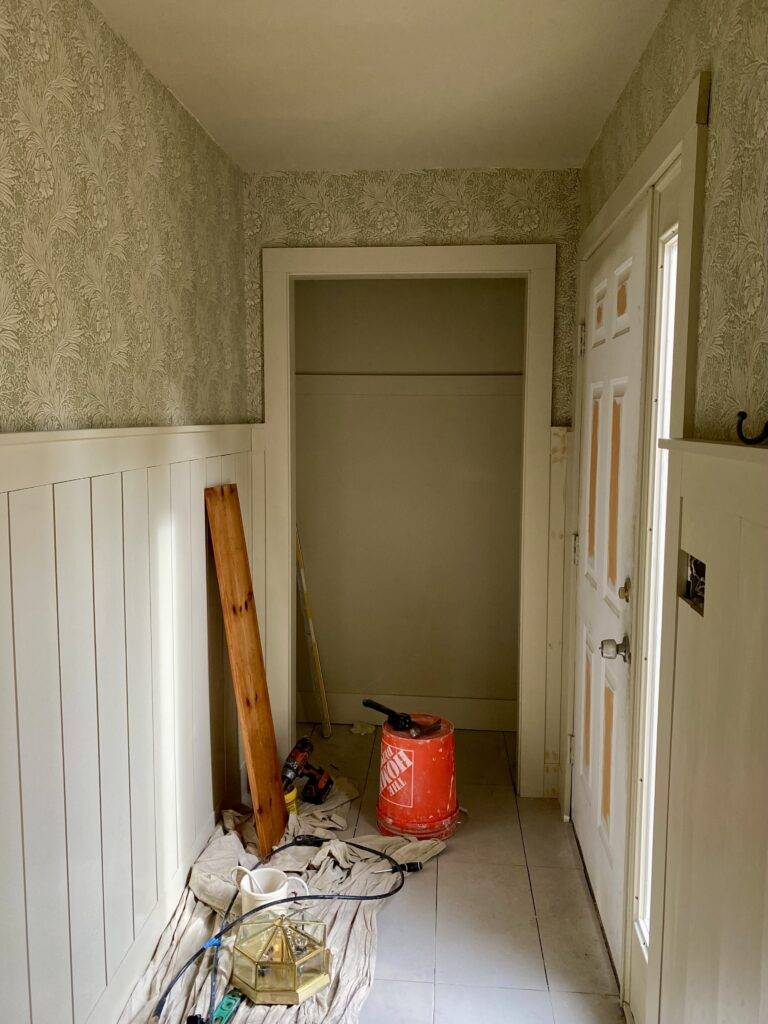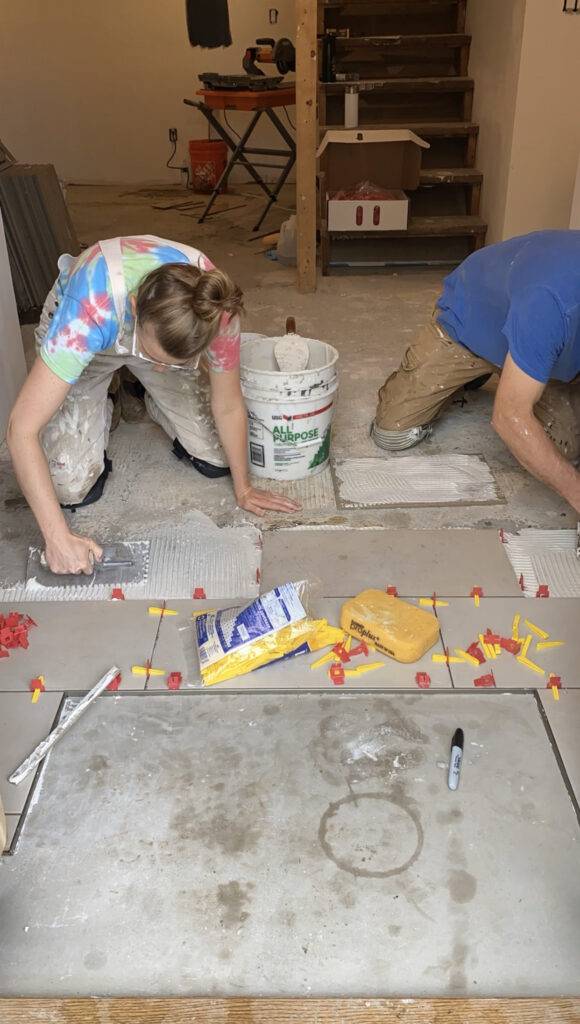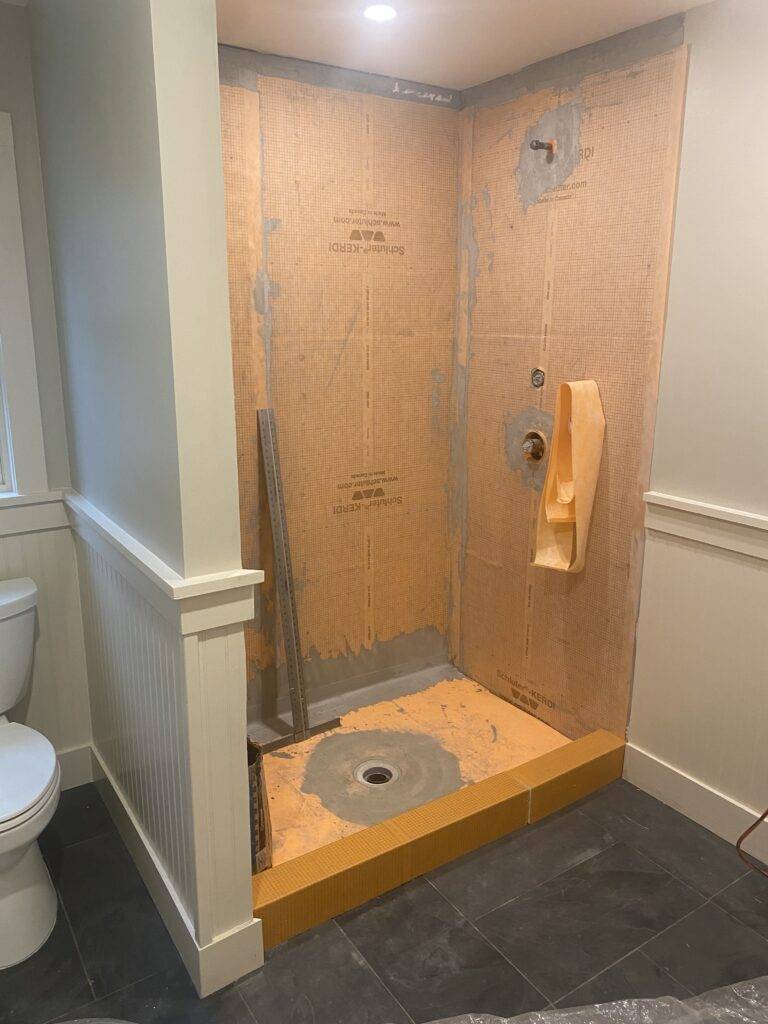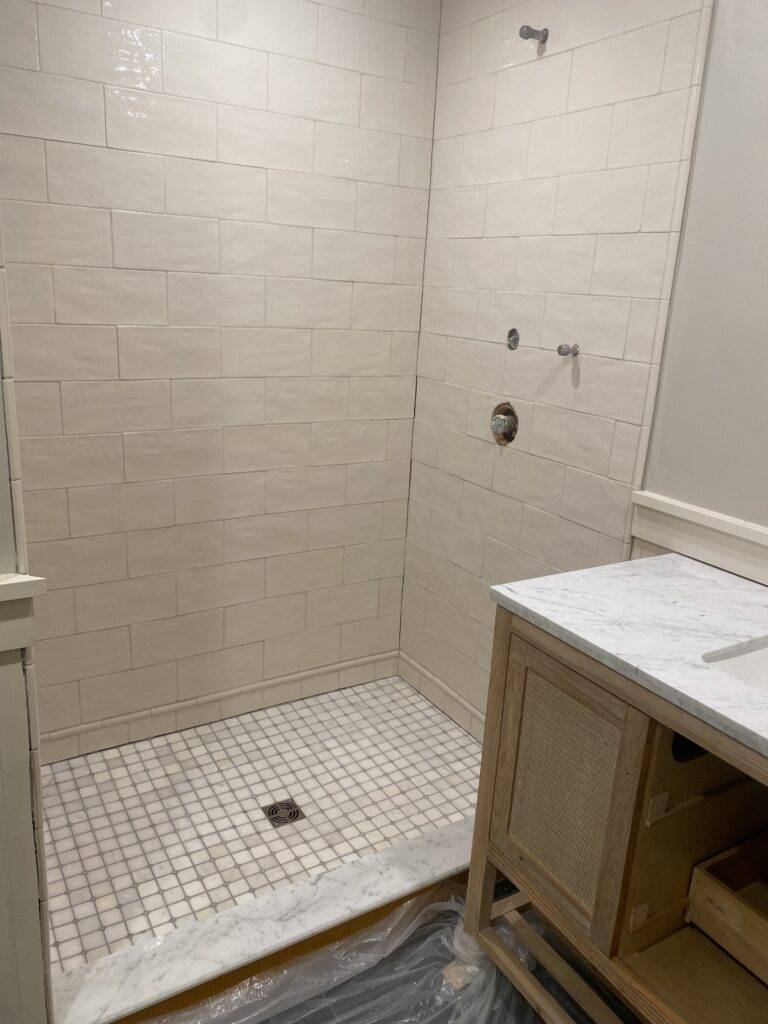There’s no fanfare when you get it right. There’s also no one to scold you when you get it wrong. The joys and perils of DIYs are deeply personal.
Check out the previous chapters of the Cabbage Dispatch (and more) here.
An important distinction during any home improvement project is knowing when to hire a pro and when you can Do It Yourself. After experience with the latter, you might arrive at a third option, which is when you know you should hire a pro, but you’re so impatient or headstrong, you do it yourself anyway. Through the two years of working on The Cabbage, I did all three with varying degrees of success.
The non-negotiable pros I hired included experts in electrical, plumbing, HVAC installation, roofing, septic tank install, spray foam insulation, siding, sheetrocking, wood floor sanding and staining, and carpet installation. You may be thinking there’s nothing left to DIY but, somehow, two years worth of projects remained. From March 2021 to March 2023, in addition to being my own DIY general contractor, I had my hands in everything from demo-ing to framing to tiling (over 800 sq ft!) to trimming.


How did I learn how to do these things? My best attempt at an answer is: a mix of frantic Google searches, like “how to remove dried thinset from tile?”, pausing mid-project to watch a YouTube video, finding another video where someone does it differently, and then creating a hybrid from all the information. More or less.
In hindsight, I’ve realized two key parts to my success are: intense curiosity and having the right tools. When pros are around, I’m always asking questions and watching them work (is that why it took two years?). I’ve also invested in some pro tools, including a wet tile saw for cutting tile and an air compressor to power nail guns. Having the right tools, instead of improvising with what’s on hand, can make or break a DIY (and DIYer).

Whenever I was facing something I knew nothing about, I would call it a “what, like it’s hard?” moment — an ode to Elle Woods’s iconic response to her ex-boyfriend’s jab, “You got into Harvard Law?” in the movie Legally Blonde.
Tile a shower — what, like it’s hard?
Insulate floor joists above the crawl space — what, like it’s hard?
Mix proper ratios of commercial grade expanding cement to split bedrock in the basement without running water or electricity — WHAT, LIKE IT’S HARD?

This silly mantra empowered me to take on some projects I probably had no business doing, but needed to get done. That’s the motivation of an independent optimist on a budget.
However, there were some jobs that were so big they scared me. I waited for months to begin tiling the basement floor because I didn’t know where to start. I knew that if I was slightly off with the placement of the first tile, that mistake would multiply with each new row of tile. This catch-22 of wanting to do something myself but being too afraid to mess up was a common occurrence. I reached a compromise and hired a professional tiler for a day to get me started. Hector showed me how to align the tiles so they ran evenly on each side of the room. He also taught me how to make specialty cuts with my tile saw and gave me the confidence I needed to tackle other tiling jobs in the house.

After tiling the dining room floor, the basement floor, and the guest shower, I was feeling pretty confident in my tiling abilities. The last tile job in The Cabbage was the walk-in shower and I was looking forward to installing a beautiful marble mosaic. After measuring, cutting, and dry-fitting the mosaic marble tile sheets to the floor, Liam (a carpenter and more experienced DIYer) and I spent six hours installing them using a leftover bucket of tile adhesive (thinset). After 24 hours, we came back to start on the shower walls. I stood in the shower and heard a squishing sound beneath my feet. I took another step. The squishiness was everywhere. I kneeled down and lifted an entire sheet of mosaic tile off the floor. The thinset had never cured, and our entire day’s work had to come up. Why? After the initial shock wore off, I figured out that the adhesive I was so eager to use up wasn’t compatible with the waterproof membrane. It’s like trying to paint metal with a wood stain.
The fix was massive. To avoid buying all new tile, I taped the tile sheets in sections to keep them intact as we removed them. After we washed the thinset off all the tiles and scraped it off the floor, it was time to reinstall with a different kind of thinset. The sheeted backing that holds the mosaic together was disintegrating and the backup tape was now wet and failing. Fifteen 12×12 sheets of tile were quickly becoming 540+ loose tiles that would have to be installed individually. So that’s exactly what I did. It took us all day, with some 11th hour help from my dad.

There’s no fanfare when you get it right. There’s also no one to scold you when you get it wrong. The joys and perils of DIYs are deeply personal. As are the accomplishments and injuries, like a 2×4-shaped bruise from ankle to thigh after falling through a floor joist. A good DIYer learns how to ride the waves of being embarrassingly bad at something because they know that, with time and intention, they will get better.
When I started this home renovation, I saw DIYing as a way to stay on a budget while having complete design control. A means to an end. But in every DIY there has been a lesson. In my case, about perfectionism, or confidence, or patience, or simply why it’s important to measure to a 16th of an inch. And when I add it all up, I now have some scars with great stories, a better understanding of myself, and a home with my fingerprints all over it.


A sampling of actual Google searches I made last year
- How to tile?
- How to clean dried thinset off tile?
- How long does it take for 1 person to paint a room?
- How long does it take for paint to dry?
- What if I cut a live wire?
- How to know if it’s a load bearing wall?
- What is strike plate lip length?


